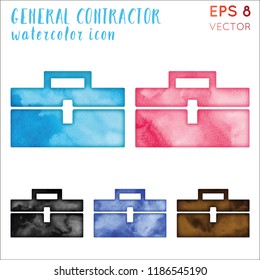Vital Seasonal Aspects Of Commercial Outside Painting: What You Should Recognize
Vital Seasonal Aspects Of Commercial Outside Painting: What You Should Recognize
Blog Article
Material Writer-Carlson Rosendal
When you're planning an industrial external paint task, seasonal aspects can make or damage your outcomes. You'll wish to think about exactly how temperature and humidity influence paint application and drying out times. Picking the ideal season can ensure your paint adheres effectively and lasts much longer. Yet which periods are absolutely the most effective for this kind of job? Let's check out the key elements that can affect your task's success.
The Impact of Temperature on Paint Application
When you're preparing a business external painting task, the temperature can substantially influence just how well the paint sticks and dries out.
Ideally, you wish to paint when temperatures vary in between 50 ° F and 85 ° F. If it's also chilly, the paint may not cure properly, causing issues like peeling off or fracturing.
On the flip side, if it's also warm, the paint can dry out also rapidly, stopping appropriate adhesion and causing an uneven finish.
interior painting south texas ought to additionally consider the moment of day; morning or late afternoon provides cooler temperature levels, which can be much more favorable.
Constantly examine the manufacturer's recommendations for the specific paint you're using, as they frequently offer assistance on the optimal temperature array for ideal results.
Humidity and Its Effect on Drying Times
Temperature level isn't the only ecological factor that affects your industrial exterior paint project; moisture plays a significant role too. High moisture degrees can slow down drying times dramatically, affecting the overall high quality of your paint work.
When the air is filled with moisture, the paint takes longer to cure, which can bring about problems like bad adhesion and a greater threat of mildew development. If you're repainting on a specifically moist day, be prepared for extended delay times between layers.
It's vital to keep an eye on regional weather and strategy accordingly. Ideally, please click the following web site for moisture degrees between 40% and 70% for optimum drying out.
Keeping these factors in mind guarantees your project remains on track and supplies a long-term finish.
Best Seasons for Commercial Exterior Paint Projects
What's the best time of year for your commercial external painting jobs?
Springtime and very early fall are normally your best bets. Throughout these seasons, temperatures are light, and moisture levels are typically lower, producing excellent problems for paint application and drying.
Avoid summer season's intense heat, which can create paint to completely dry too rapidly, causing bad bond and finish. Likewise, winter months's cool temperature levels can prevent correct drying out and healing, risking the durability of your paint work.
Go for days with temperatures in between 50 ° F and 85 ° F for ideal results. Bear in mind to examine the local weather report for rainfall, as damp problems can spoil your project.
Preparation around these aspects guarantees your paint task runs smoothly and lasts longer.
Verdict
To conclude, preparing your industrial external painting projects around seasonal factors to consider can make a substantial difference in the end result. By organizing work during the ideal temperature levels and moisture levels, you'll ensure better adhesion and drying out times. Bear in mind to keep an eye on neighborhood weather report and select the correct time of year-- springtime and very early autumn are your best choices. Taking these steps will aid you achieve a durable and professional coating that lasts.
